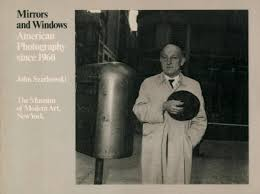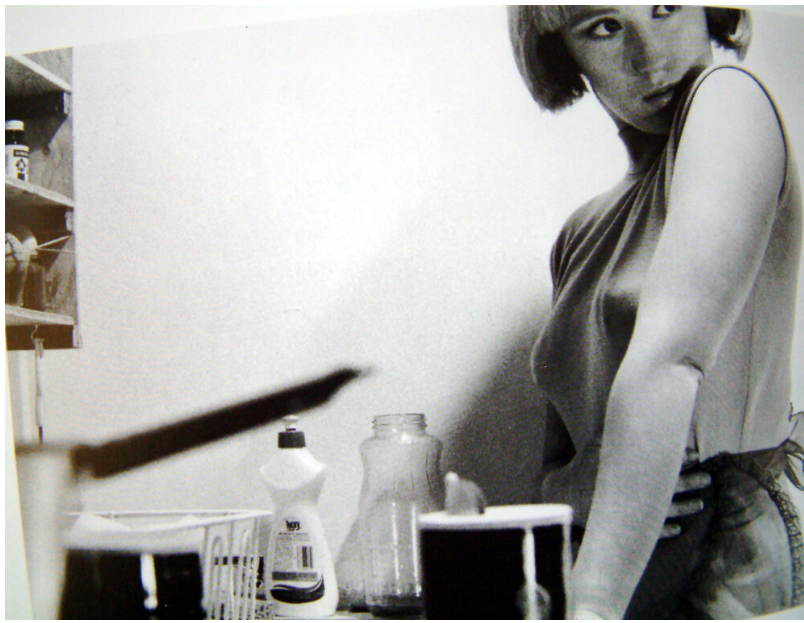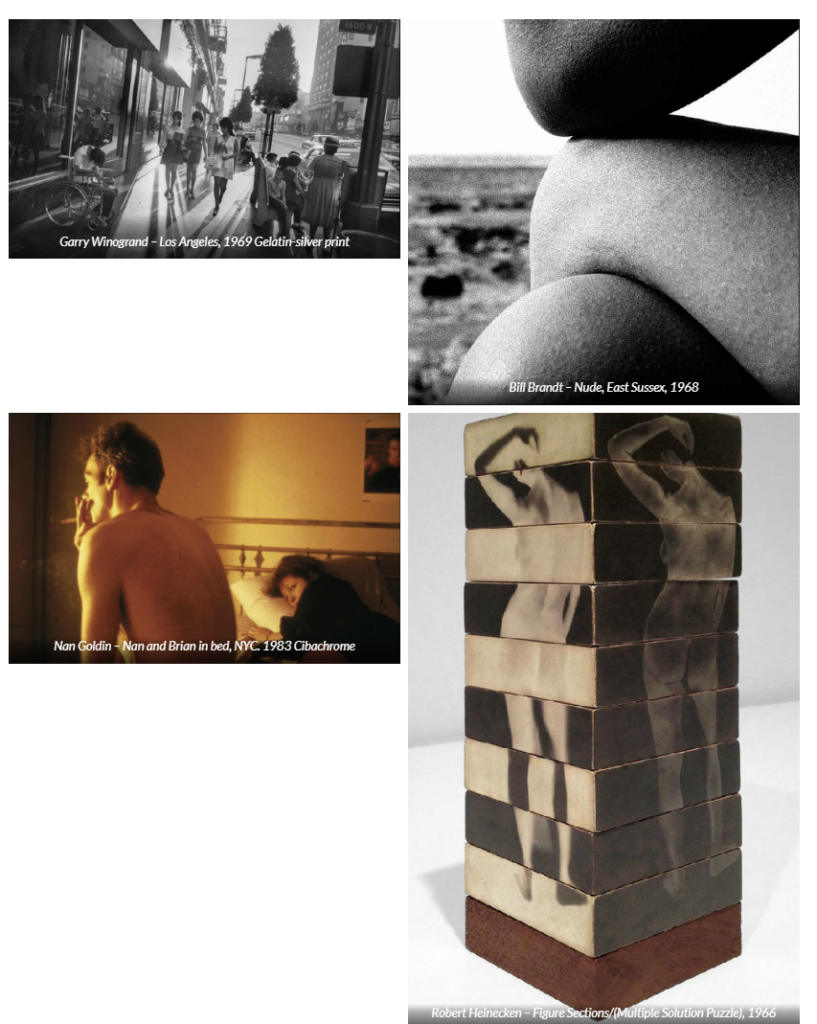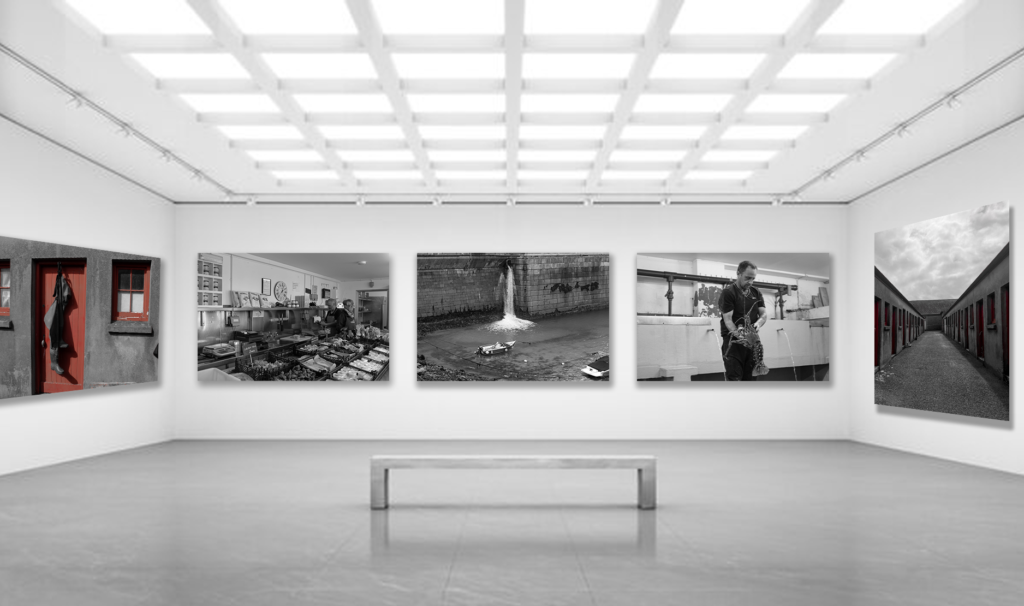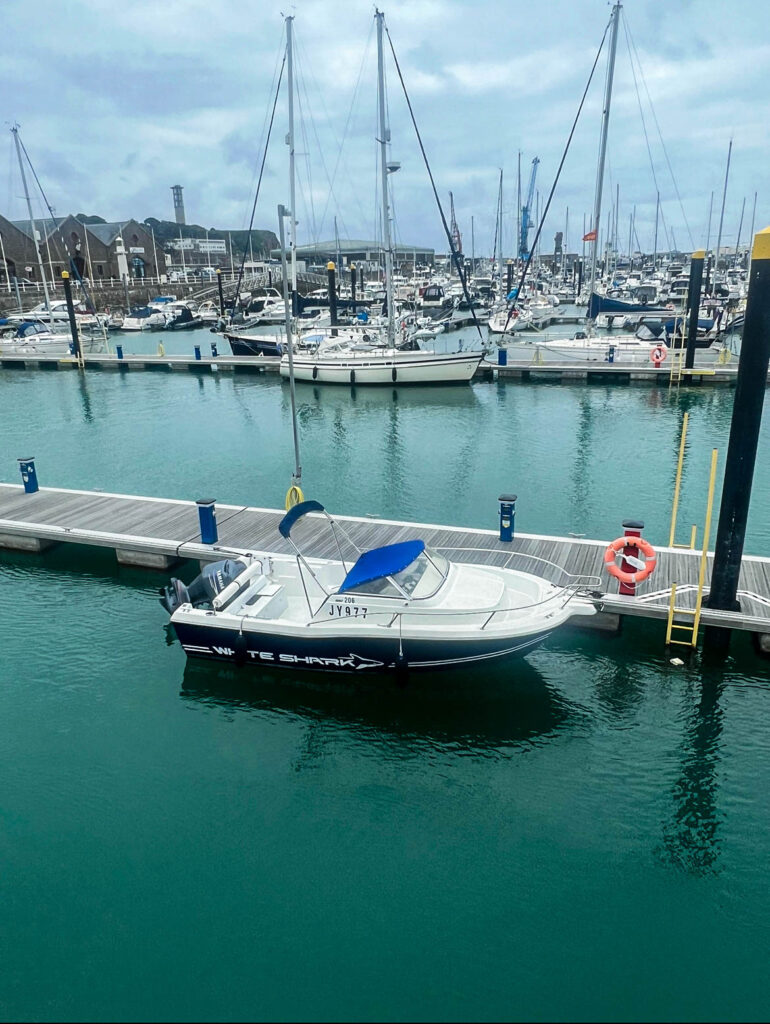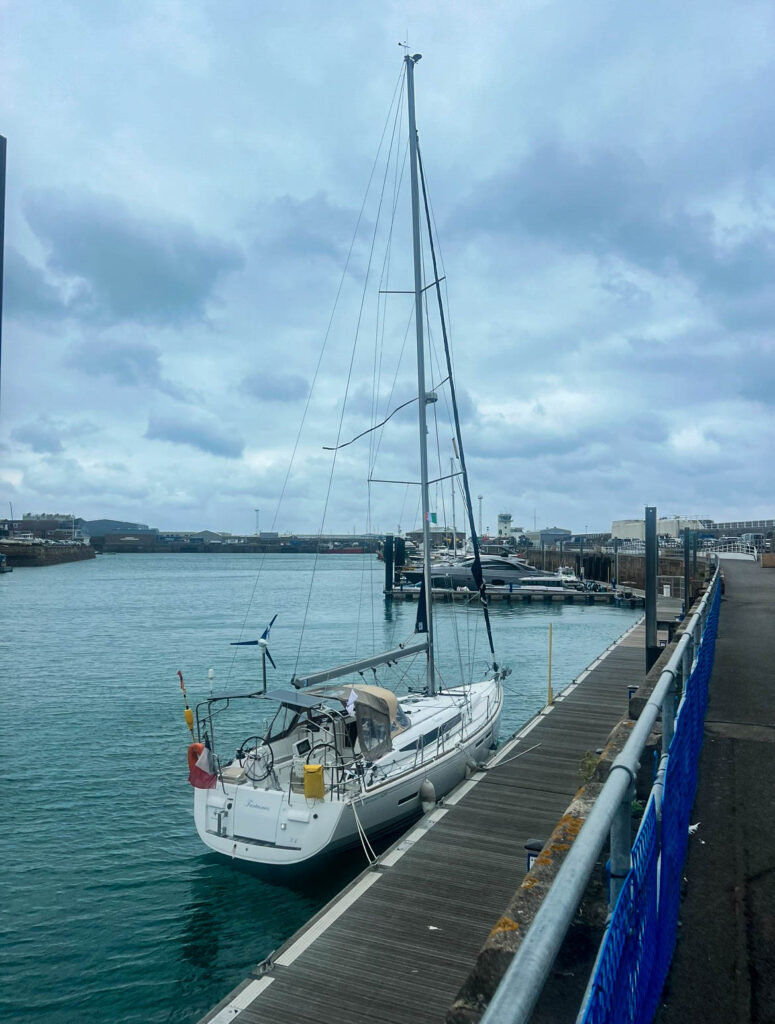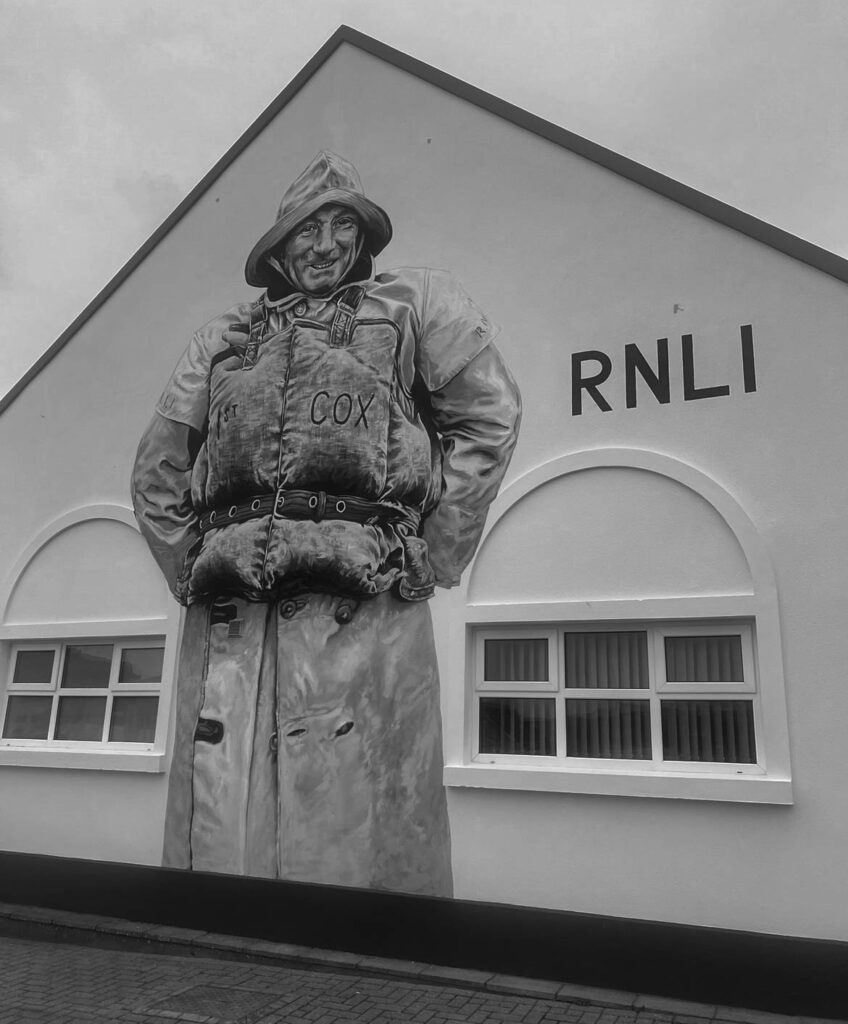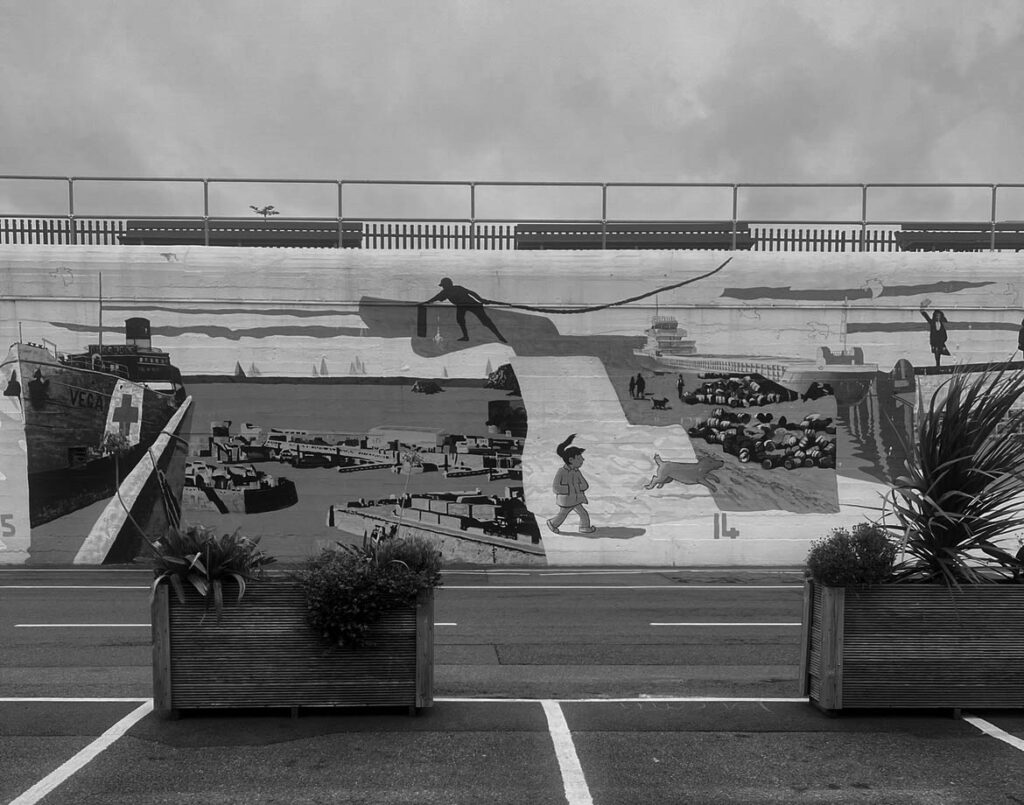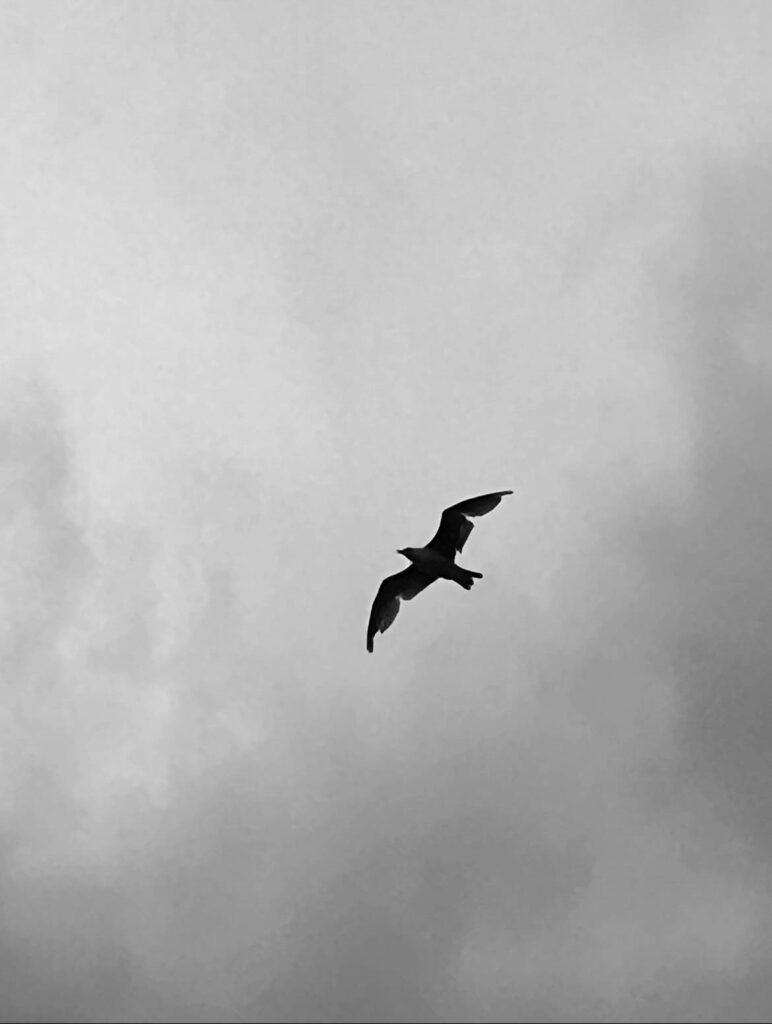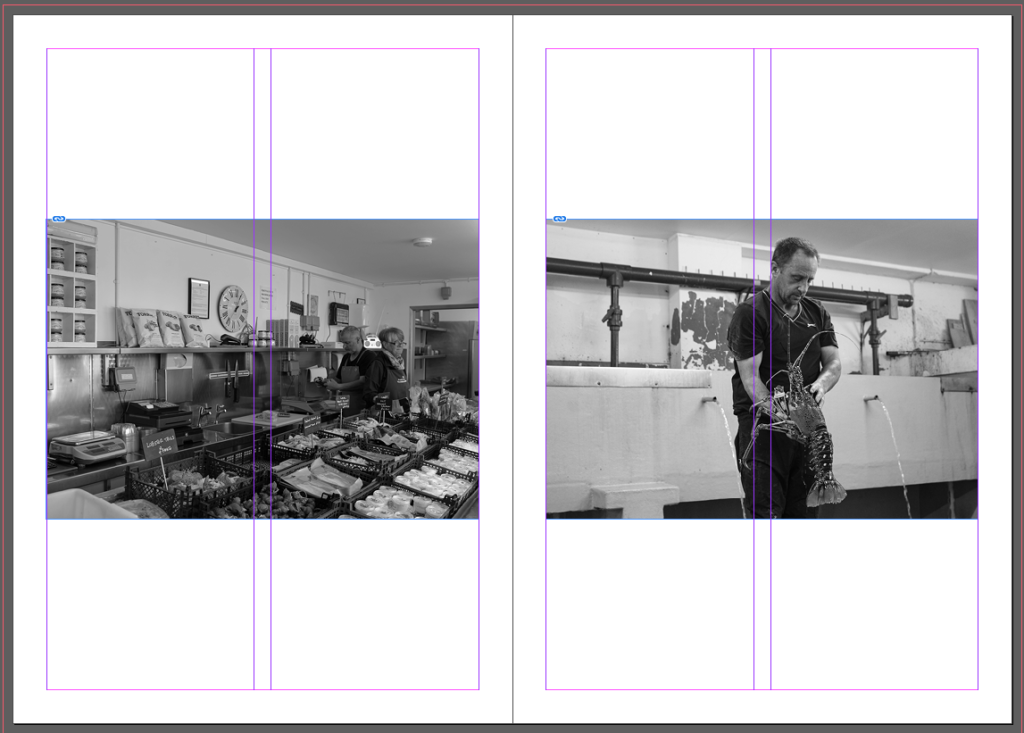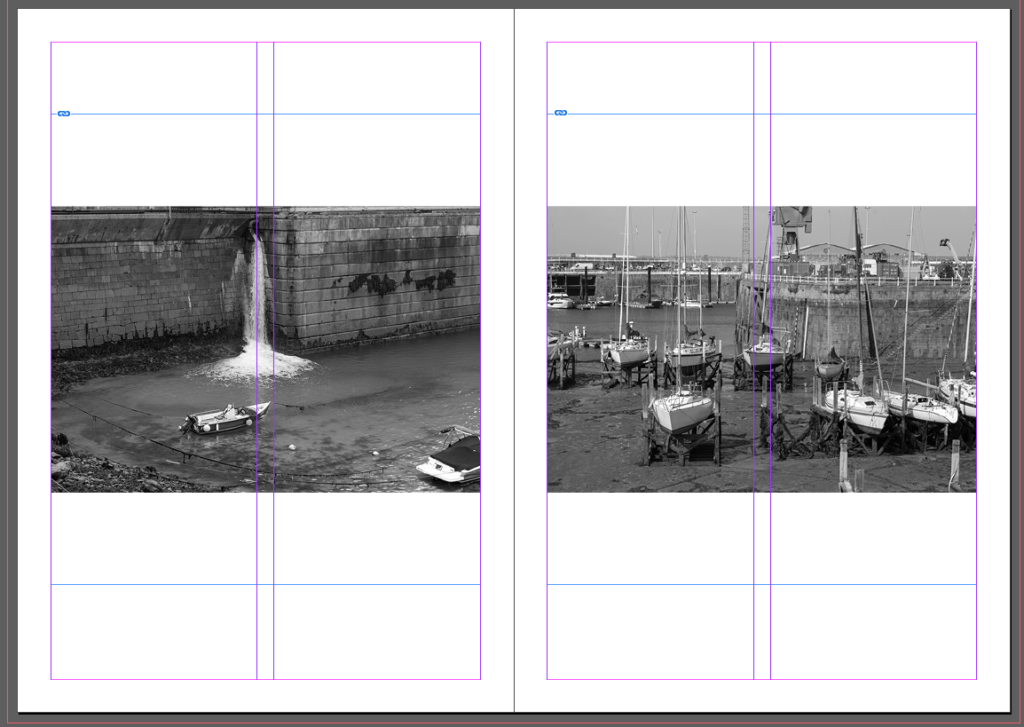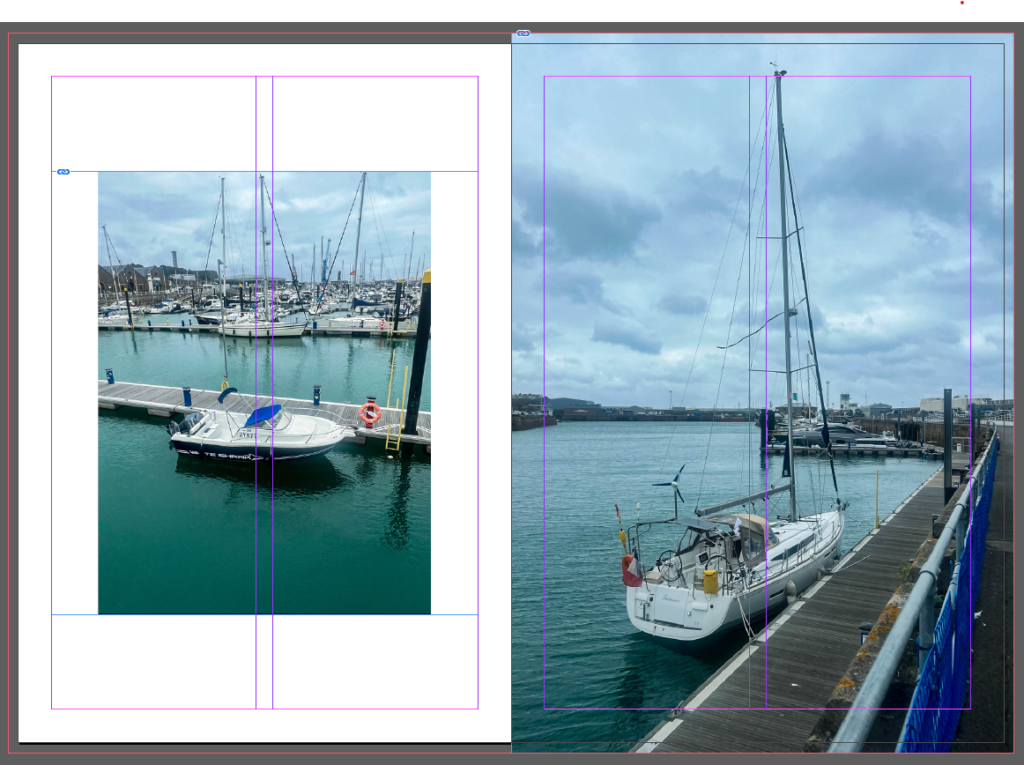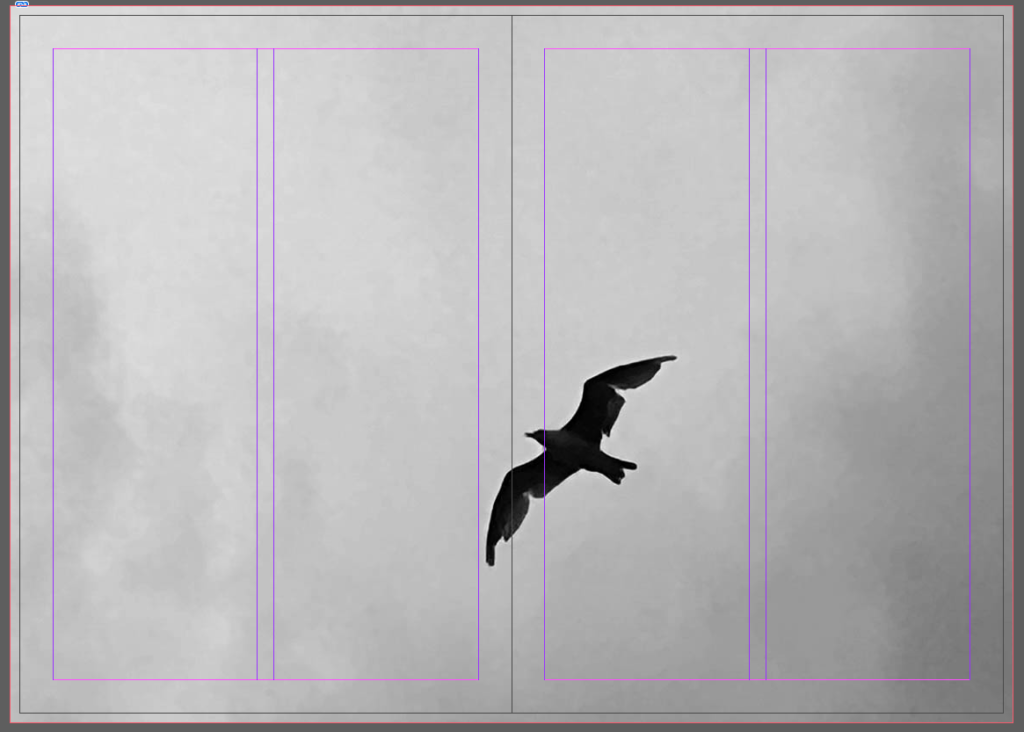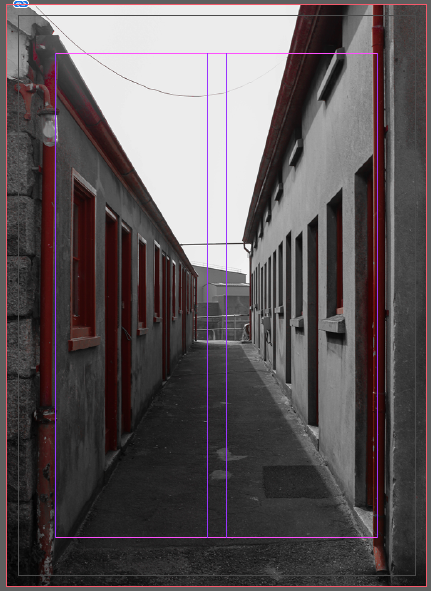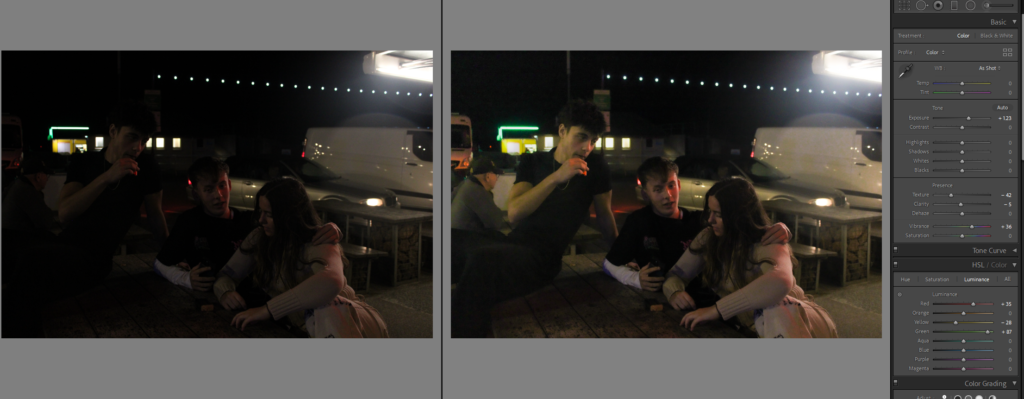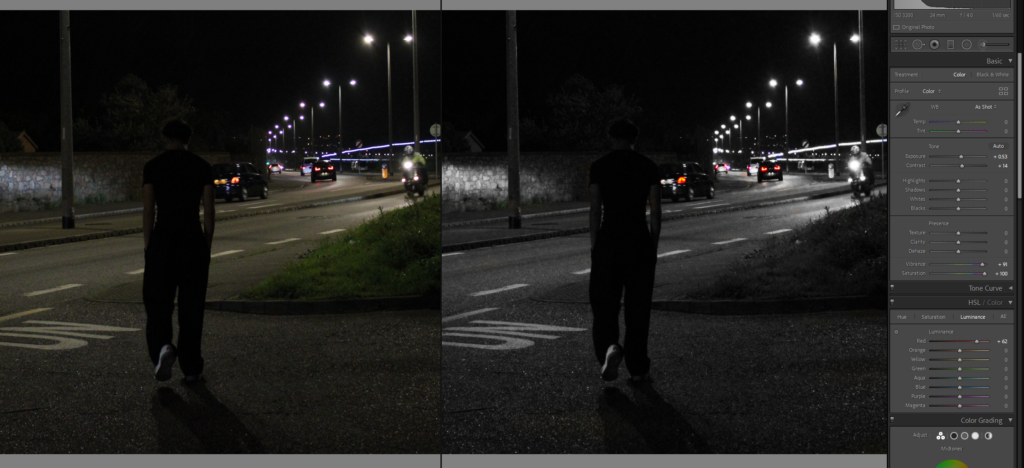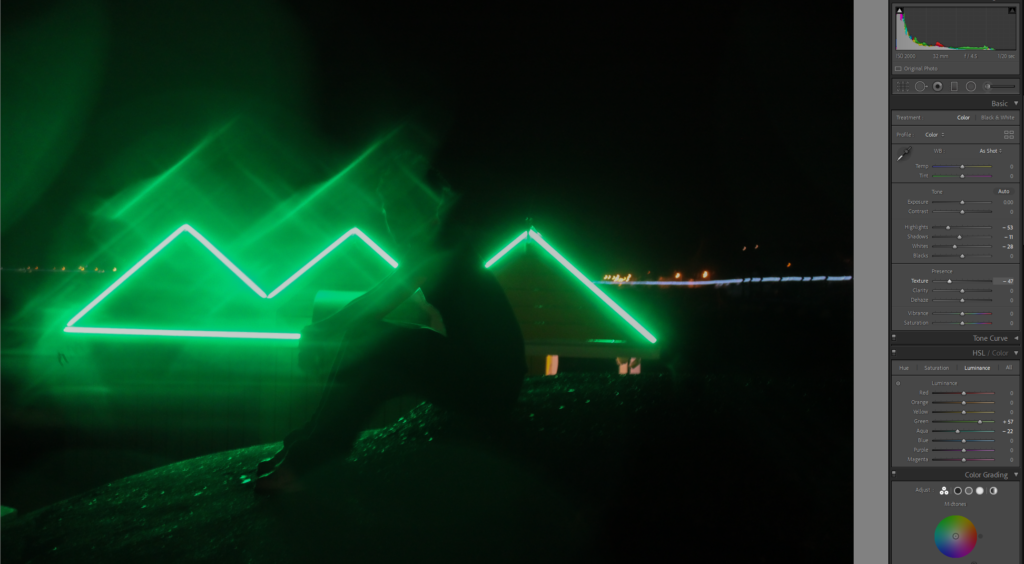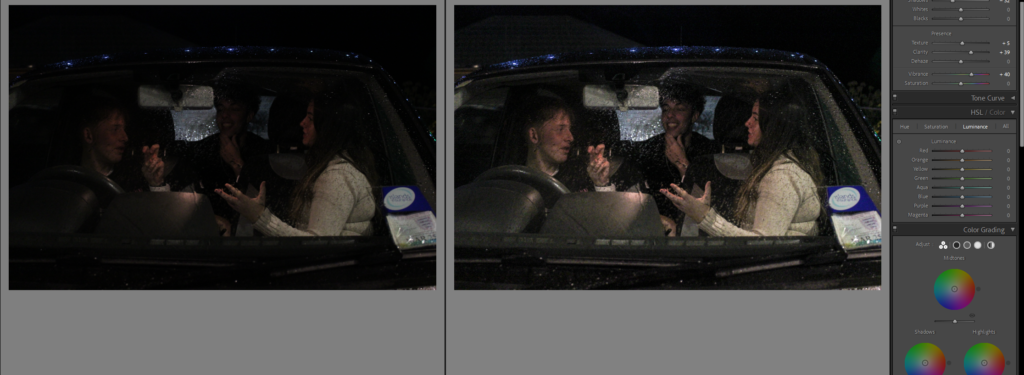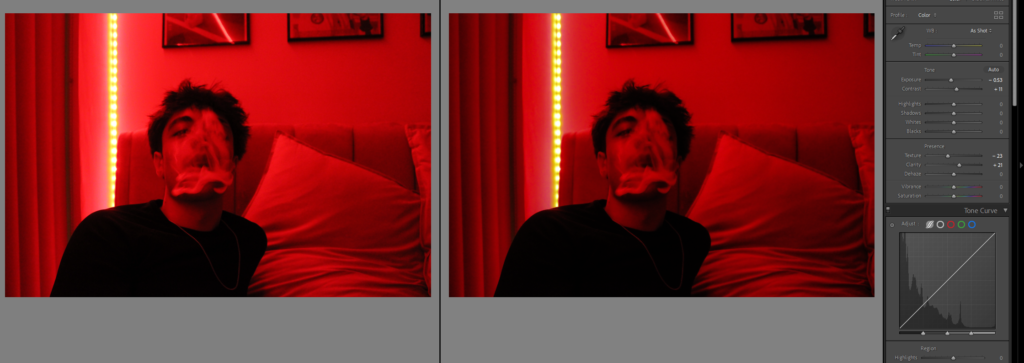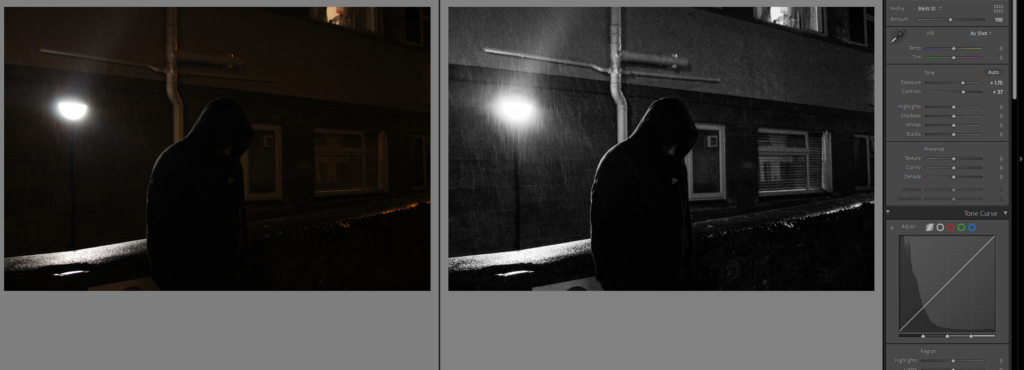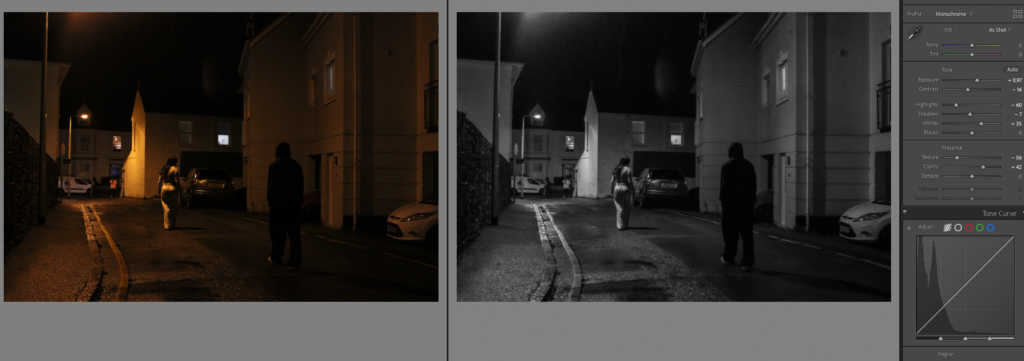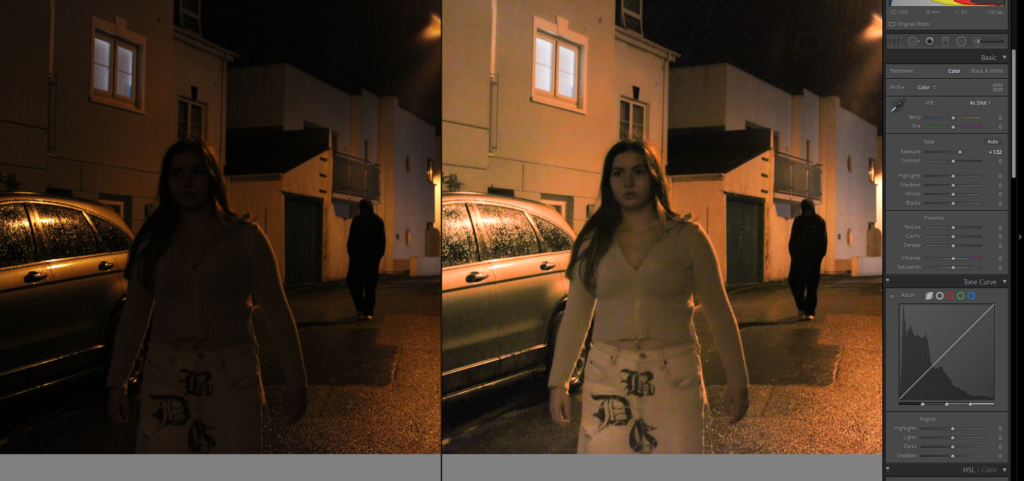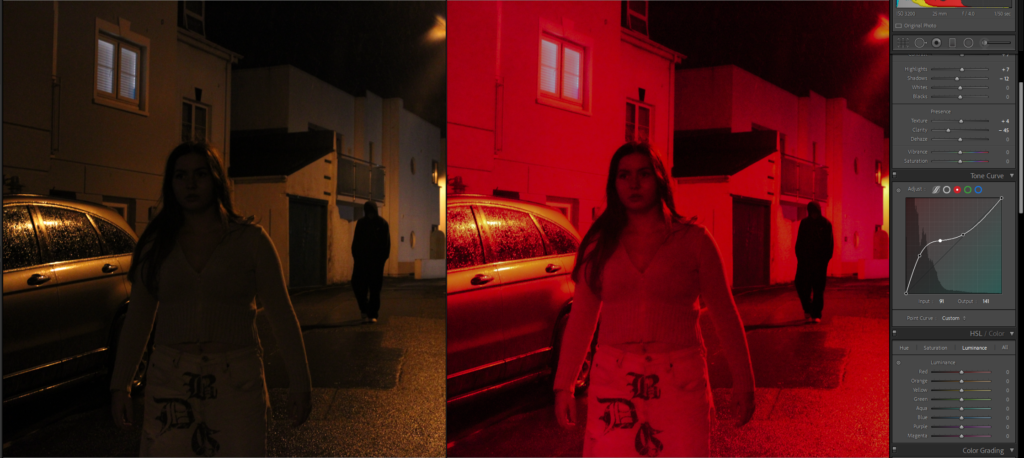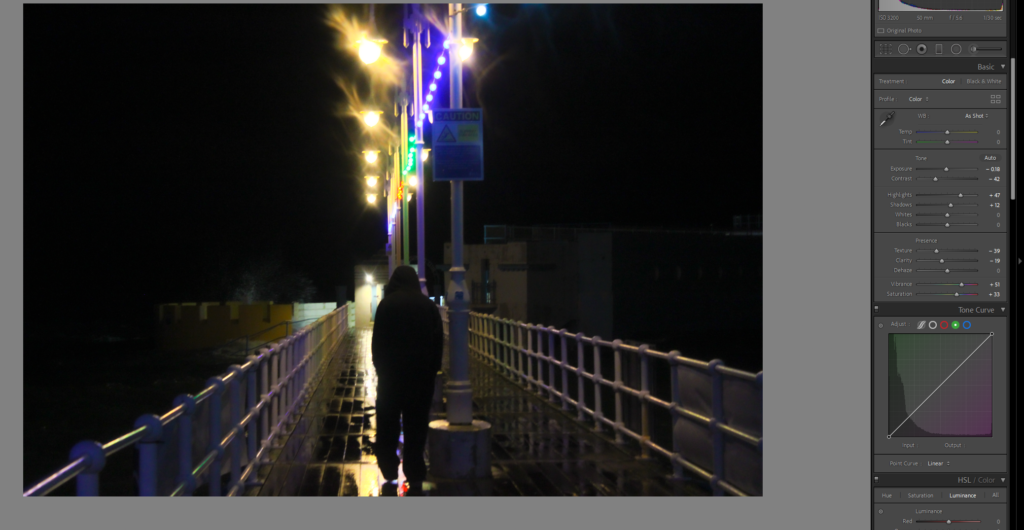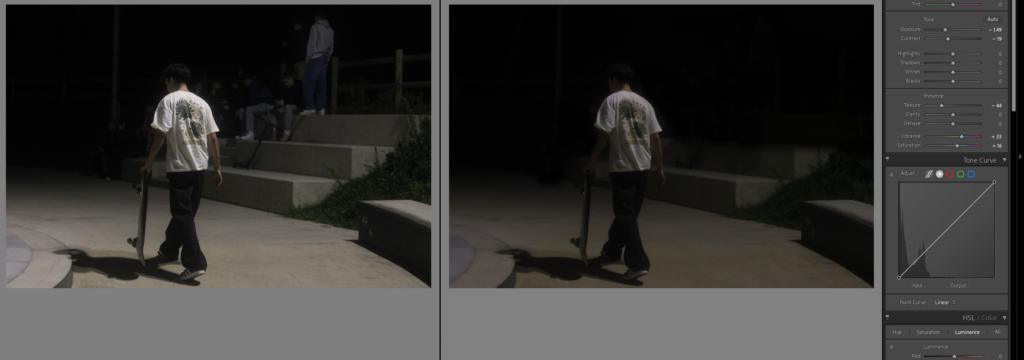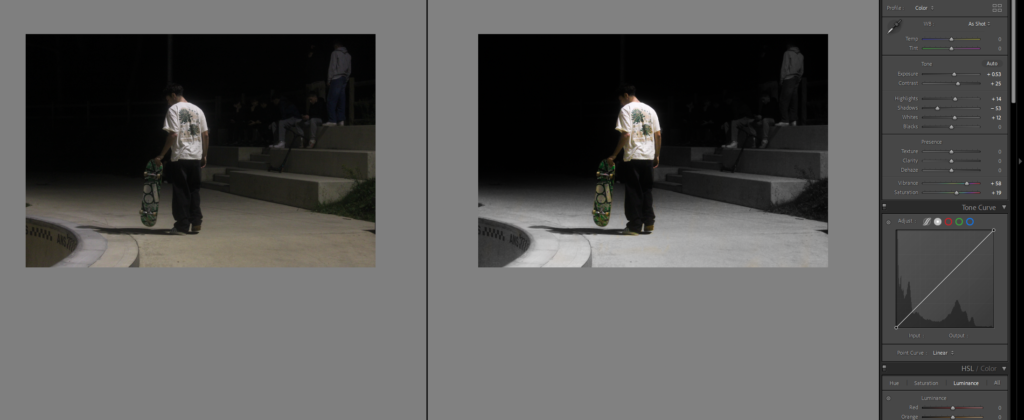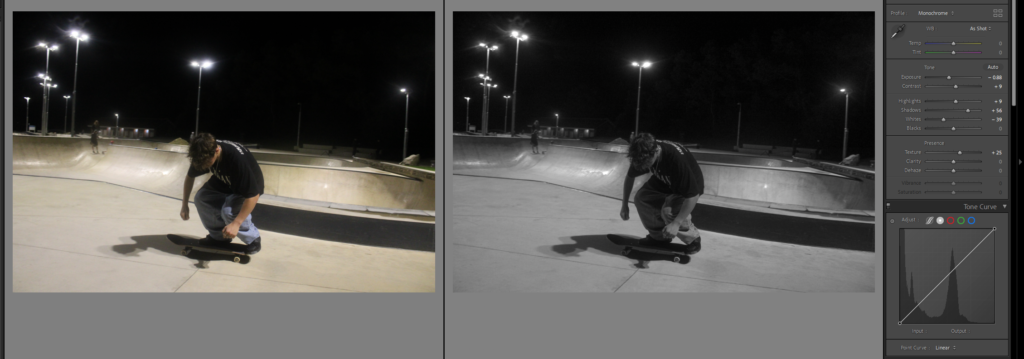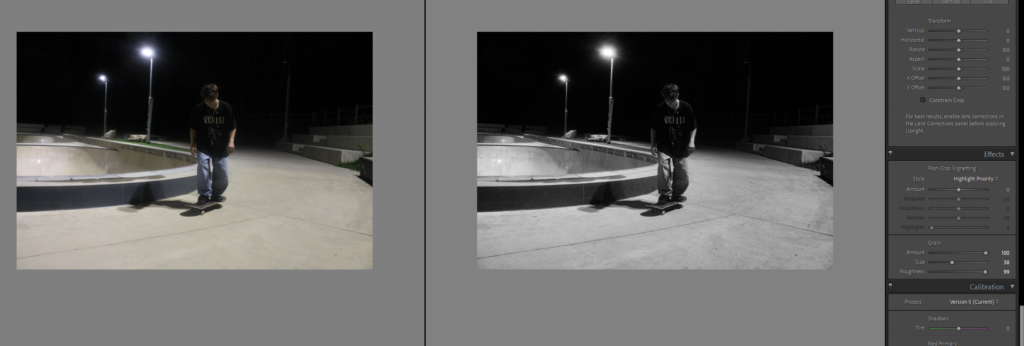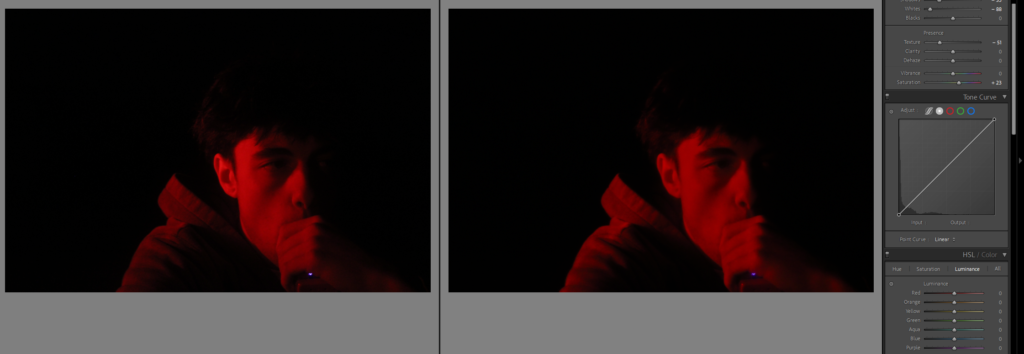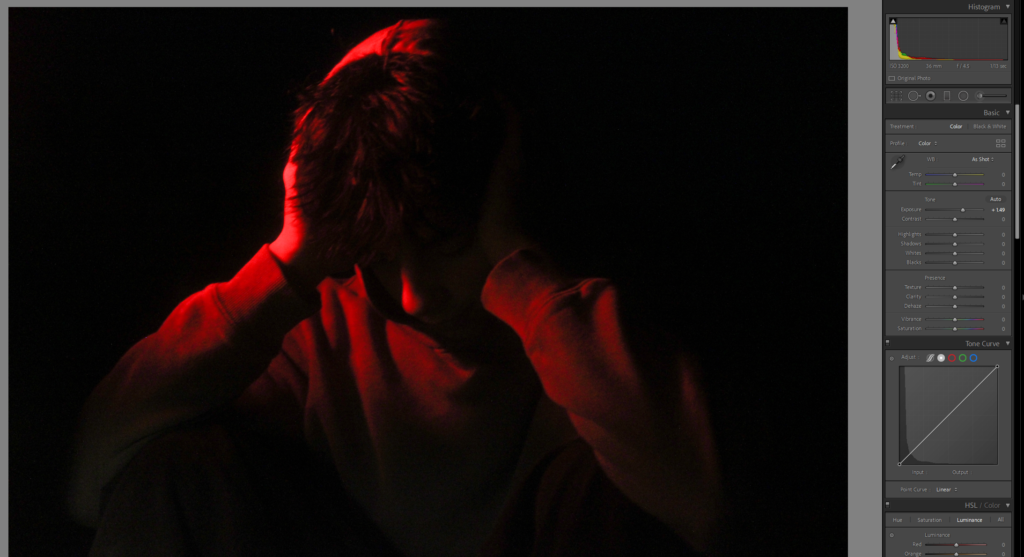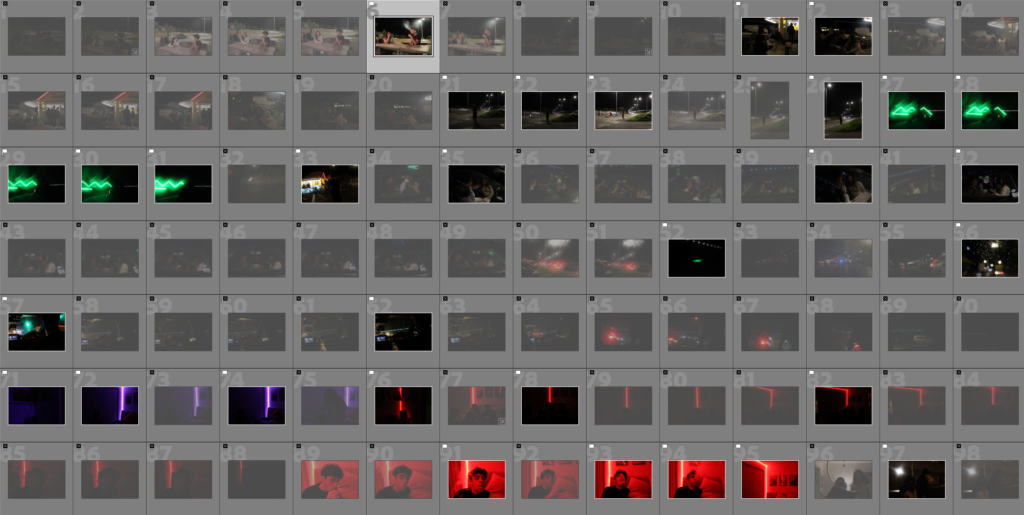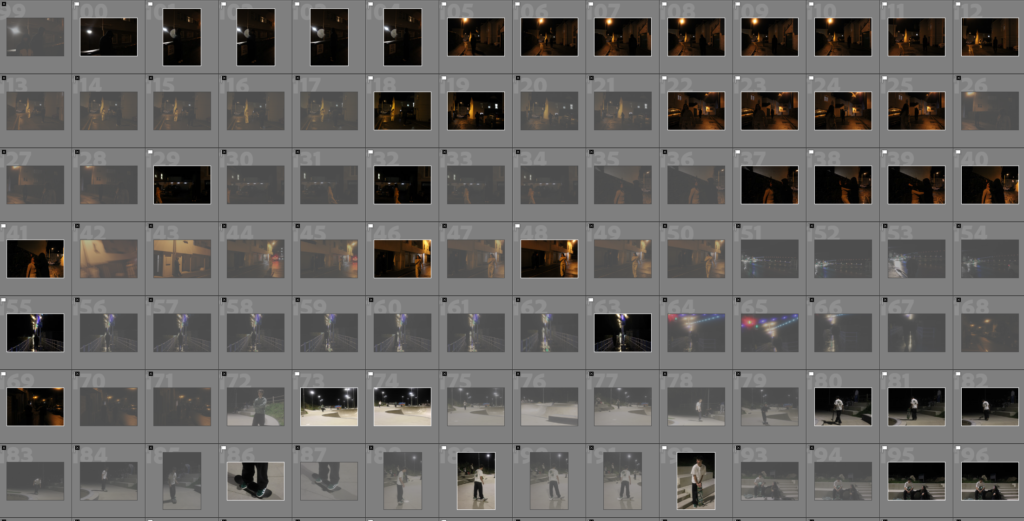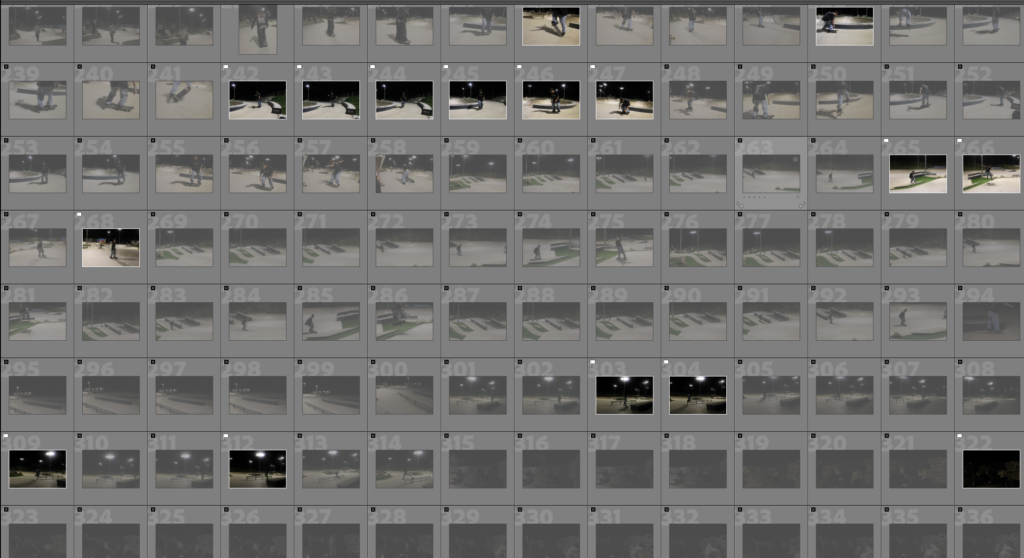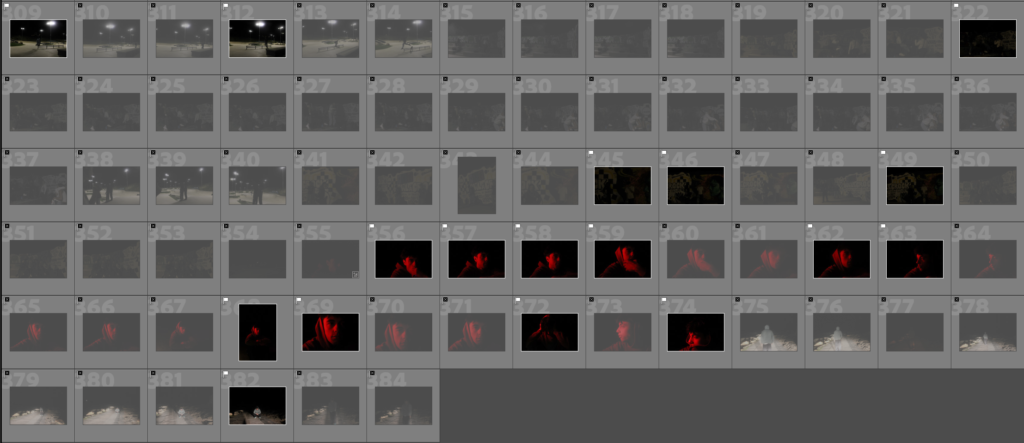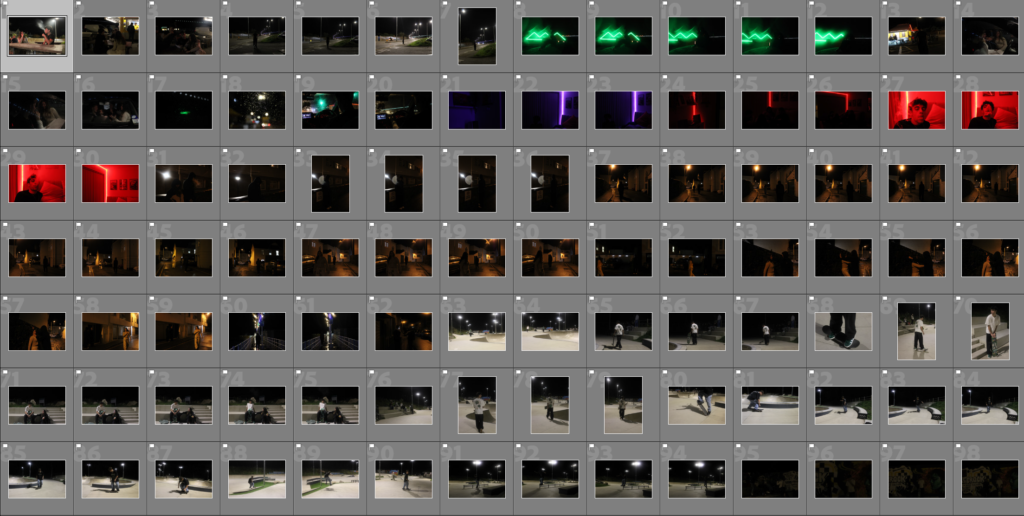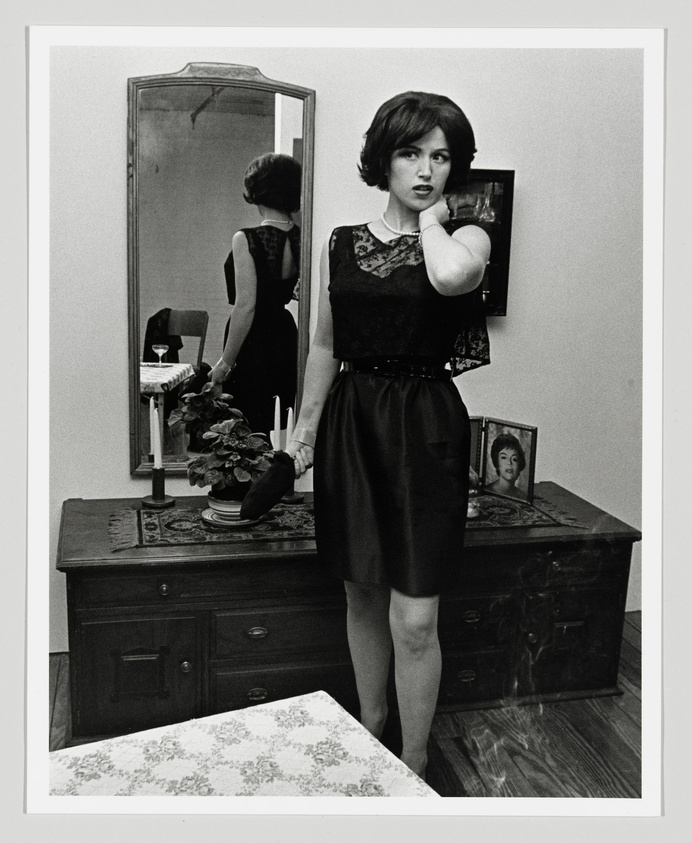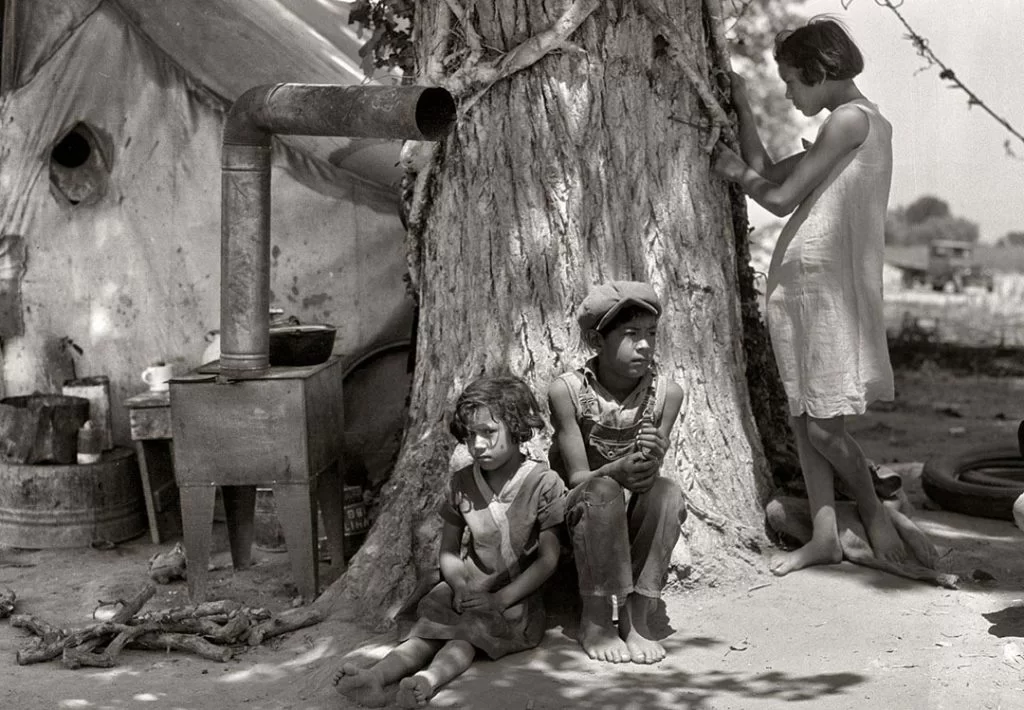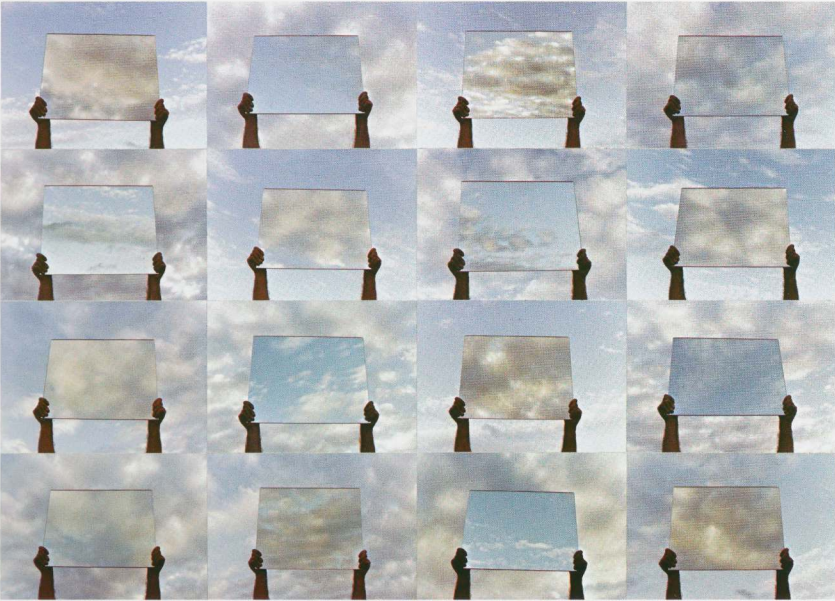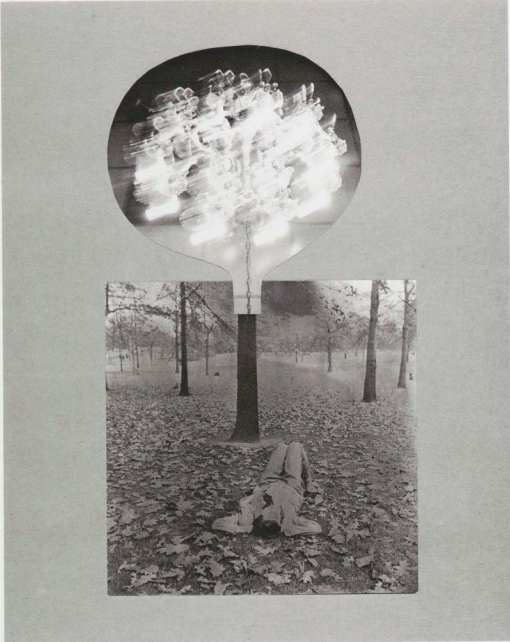John Szarkowski –
” The two photographers characterize opposite
modes of the new photography, with its divergence be
tween those who believe that art is a mirror, reflecting a
portrait of the artist who made it, and those who see it as a
window, through which one may better know the world.”
Jed pearls opinion –
White, toward an idealist, “romantic” goal of “self-expression,” a “mirror” that primarily describes the self; Frank, toward an introverted “realism,” involved with the “exploration” of a private “window” on the world.
Plan –
Introduction (250 words): Reflect on the origin of photography and describe in your own words the difference between the two photographic processes, Daguerreotype and Calotype. Consider how they could be viewed as either a mirror or a window of the world according to John Szarkowski’s thesis. Choose one quote from Szarkowski’s text and comment if you agree or disagree.
Paragraph 1 (250 words): Choose an image that in your view is a mirror and analyse how it is a subjective expression and staged approach to image-making. Choose one quote from Szarkowski’s thesis and another from Jed Pearl’s review which either supports of opposes Szarkowski’s original point of view. Make sure you comment to advance argumentation in providing a critical perspective.
Paragraph 2 (250 words): Choose an image that in your view is a window and analyse how it is an objective expression rooted in a sense of realism. Choose one quote from Szarkowski’s thesis and another from Jed Pearl’s review and follow similar procedure as above ie. two opposing points of view and commentary to provide a critical perspective.
Conclusion (250 words): Refer back to the essay question and write a conclusion where you summarise Szarkowski’s theory and Pearl’s review of his thesis. Describe differences and similarities between the two images above and their opposing concepts of objectivity and subjectivity, realism and romanticism, factual and fiction, public and private.
Final draft –
The difference between the Calotype and Daguerreotype photographic processes, is that Talbot’s calotype involved coating paper with silver iodide, which made it light-sensitive. After exposing the paper in a camera, the image was developed using a solution of gallic acid, resulting in a negative image. This was revolutionary because it allowed for the creation of multiple copies from a single exposure, unlike the daguerreotype, which produced a unique positive image. The daguerreotype process involved exposing a silver-plated copper sheet to iodine vapor, which created a light-sensitive layer of silver iodide. After exposure in a camera, the plate was developed using mercury vapor, and then fixed with a salt solution. This process produced highly detailed images with a unique quality, making it the first practical form of photography. The Daguerreotype is definitely viewed as mirror photography, as it was usually used for taking self-portraits of wealthy men and woman of the 1830’s early 1840’s, which helps show an insight into that person’s life and due to the long development time, would be classified as mirror photography. It shows the staged and personal insight of the artists life. The Calotype process would be viewed as window photography, due to its regular use in the 1930’s for taking photos of architecture and landscapes, showing the ‘window’ into the outside world and not depicting anything about the artist, sticking to the reality and rawness of the outside world.

This image by Cindy Sherman is a great representation of Mirror photography, the thought that went into it is clearly immense. The use of self-portraiture, especially in the 1970’s is a very powerful form of self-expression for women. The costume and makeup show almost a shield or mask and in this 70’ era, could be symbolic to the oppression of woman at that time, and Cindy Sherman wanted to shield herself from that. This photo was taken in public in full view of anyone in New York city at the time, staged in the street with a camera. This photo shows a true view on woman empowerment not just with the costume but also the makeup and the overall photo. John Szarkowski said in his thesis that ‘The two photographers characterize opposite modes of the new photography, with its divergence between those who believe that art is a mirror, reflecting a portrait of the artist who made it, and those who see it as a window, through which one may better know the world.’ Jed pearl had an additional thing to add to Szarkowski’s thesis, “While toward, an idealist, ‘romantic’ goal of ‘self-expression’ a ‘mirror’ that primarily describes the self; Frank, toward an introverted ‘realism’ involved with the ‘exploration’ of a private ‘window’ on the world.” This shows that although Jed had a agreement about this with John, he argued that its almost like a state of mind, if someone is looking at a mirror like a self-expression, the idea of window photography, is an introversion issue, he sees window like introverted realism, so he believed that seeing the world or self this way, is personal to how you want to project yourself.
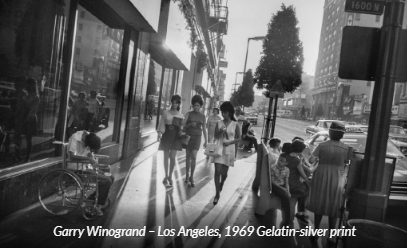
This photo by Garry Winogrand is clearly window photography, the eye view of a public space showing individual separate lives of people undenounced to the artist. A public area of Los Angeles in the 1969, is a very busy rowdy area, perfect for capturing lives of bystanders. The obscure angle that the photo was taken gives the photo itself an unusual ideology alone. The interesting action of people watching makes the viewers in captured in lives that aren’t their own. It its intriguing and leaves the viewer enticed to find out more, just from the little window they have been given into these people’s lives. This photo also shows a kind of individuality to the people in it, the outfits, makeup and atmosphere is also very interesting, especially due to the ear difference of 45 years, its like a different world from the one we are living in now, in 2024. Going back to the quote from John Szarkowski ” The two photographers characterize opposite modes of the new photography, with its divergence between those who believe that art is a mirror, reflecting a portrait of the artist who made it, and those who see it as a window, through which one may better know the world.” This photo supports the idea that window photography is like a window into a better world, a world we don’t always see. John Pearl’s idea that it is a mindset of what you want to see and what you don’t bother to look at. When you take some time to look around at the world, there is so much that you might be missing.
The question ‘how can photographs be both windows and mirrors of the world’ poses a great discussion. Overall, I believe that the use of subsections of photography are extremely innovative, the skill of being able to pinpoint characteristics of both subsections like windows, being an way of viewing the outside world and mirrors, being a perfect way to show self-expression and experiences can be an extremely successful way of talking about photographs, not just the photographs themselves but helping artists become more in touch with their understanding of photography and the more difficult ideas that come with it. The two photos I used in this explanation, the first one by Cindy Sherman and the second by Garry Winogrand have so many differences between them, differences that do not only segregate them as photos but characterize them into categories. Window photography is all about documentation, observing and watching people’s lives through the photographs you take, while mirror photography is subjective to the artist themself, as they choose to put it out into the world to see. Another difference that segregates window and mirror photography is that mirror photography is not always real, and by real I do not mean physically real, but after editing, manipulation is common, while in window photography usually the photos are more candid and truthful. Mirror photography can also be seen as very romantic, indulging in romanticism is common for this area. Artists could occasionally romanticize their work; in mirror photography their work reflects their lives, so it is not surprising to see this through their art. While through window, artists may want to show a raw and objective view through their work to help keep the authenticity.

